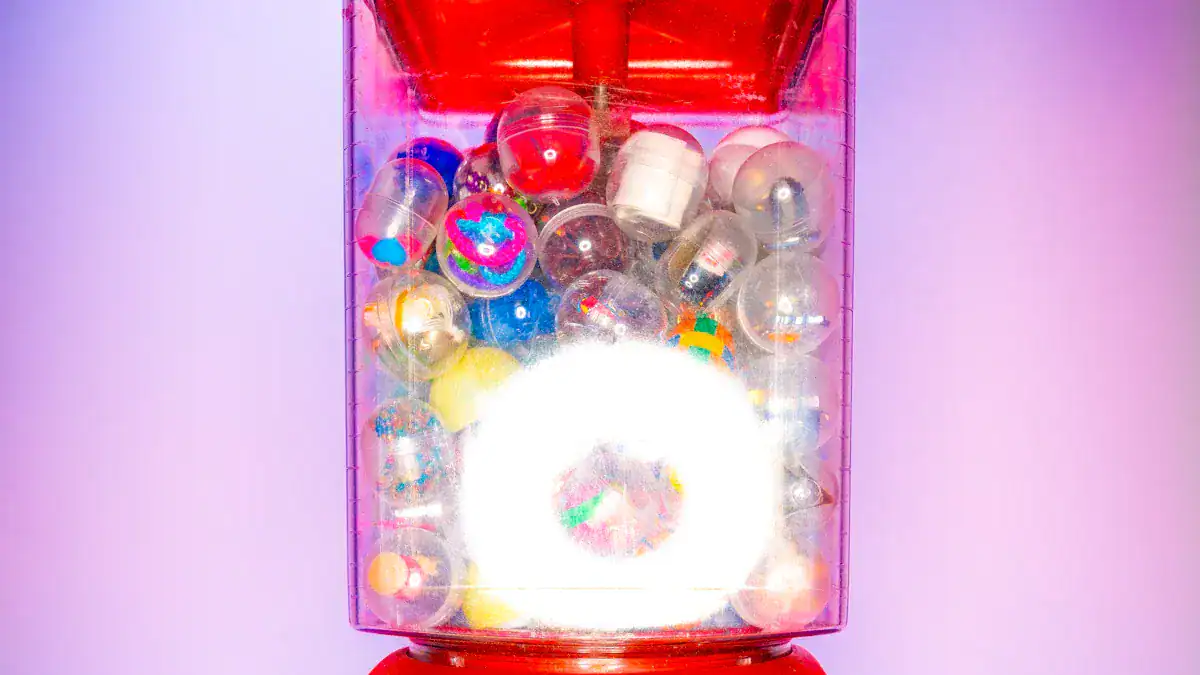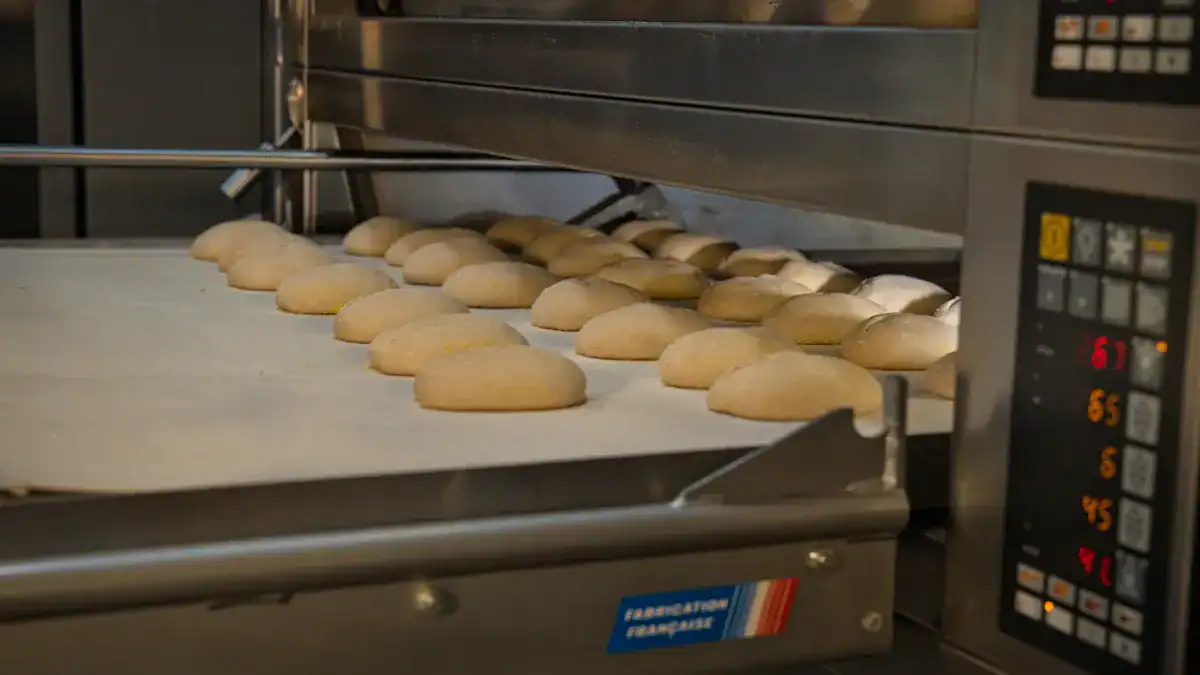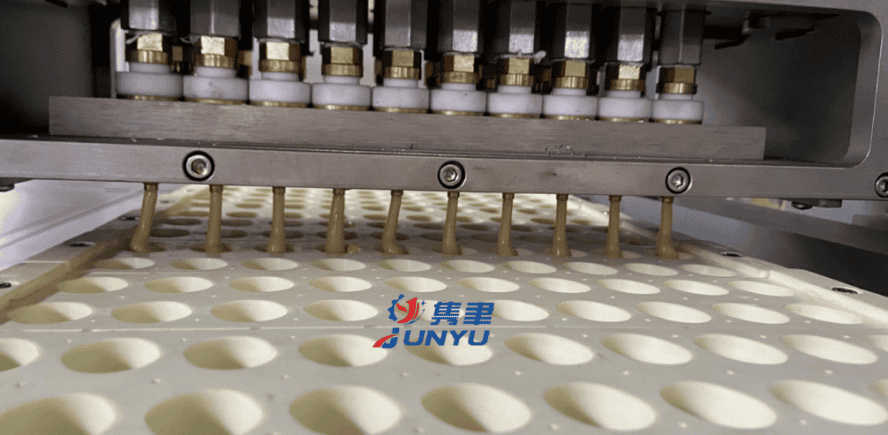
If you are looking for tapioca pearls, you may want to know how they are made. This article will discuss the process involved in the manufacturing process and the ingredients used. If you are curious about how they are made, you can also read about how they are stored. In addition, you can learn more about the Gelatinization process of tapioca starch, which results in a pearl-like consistency.
Gelatinization of tapioca starch
In the gelatinization of tapioca starch, the temperature of the solution is adjusted to 59 to 65 degrees Celsius, resulting in a white to off-white powder with low moisture content. This starch slurry is neutral in pH, with a maximum peak viscosity of 24 cP at 59 C. It is generally used as a thickener for foods, with applications in the food industry including ice cream, puddings, and custards.
Heat-moisture treatment (HMT) can alter the structure and properties of tapioca starch. The treatment can alter the A-pattern, increase the proportion of amorphous areas, and decrease the gelatinization enthalpy. It also alters the starch chains’ textures, increasing their resistance to extreme temperatures. However, many other modified starches are still being studied for their increased thermal stability.
Process of making tapioca pearls ball
The process of making tapioca pearls begins with the preparation of the starch from tapioca. This starch is similar to cornstarch, but does not form a dough when mixed with liquids. Instead, it forms a gelatinous mass when combined with boiling water. Once this gelatinous mass is prepared, the starch can be kneaded into the final boba pearl dough.
Next, the pearls must be cooked. This process can take anywhere from five to twenty minutes, depending on their size and texture. The pearls should be stirred frequently to avoid sticking to each other. Once the pearls are cooked, they will float to the surface. To check their readiness, you can taste them. Usually, homemade boba has a softer texture than pre-made boba. The cooking time may vary, but the softer the pearls, the shorter the cooking time.
The tapioca pearls are produced in different ways. The white version is generally softer on the outside than its black counterpart. The process of making tapioca pearls balls in a factory starts with the preparation of fine tapioca flour. This flour is mixed with water in a ratio of one to eight. This ratio enables the raw pearls to cook evenly and develop a softer texture.
Ingredients used in tapioca pearls ball
A typical manufacturing process for tapioca pearls involves the use of several additives. First, tapioca flour (also known as tapioca starch) is mixed with water. The starch is then kneaded into a spherical shape using various methods. One method involves the use of a gangsor motion. This motion involves tossing the starch lumps back and forth while the worker scrapes them to encourage the formation of tiny starter beads.
In addition, US Boba Company will soon switch to compostable straws. The company will also redesign their production processes so that the tapioca pearls are not as big and flat as they are today. After recalibration, the company plans to introduce its new American-made tapioca pearls at the Fancy Food Show in San Francisco in January. Although the US Boba Company has only a few employees, the company plans to scale up production as the demand for them rises.
Storage of tapioca pearls
The first step in the process of manufacturing tapioca pearls is the boiling of the raw material. The raw material is put in a pan and boiled. The water is preferably 0 deg C or 10 deg C and contains ice. The pearls will be semi-cooked or fully cooked, depending on the desired quality. The cooling unit is equipped with a lid, if necessary, for hygiene reasons.
Then, the uncooked tapioca pearls must be stored in airtight, cool and dry area. Avoid keeping them in a refrigerator, since the moisture and air will cause them to lose their flavor and texture. To store them in the refrigerator, place them in a cooler section of the supermarket. You can also store them in a freezer. Make sure to store them in an airtight container to avoid moisture and bacterial growth.





